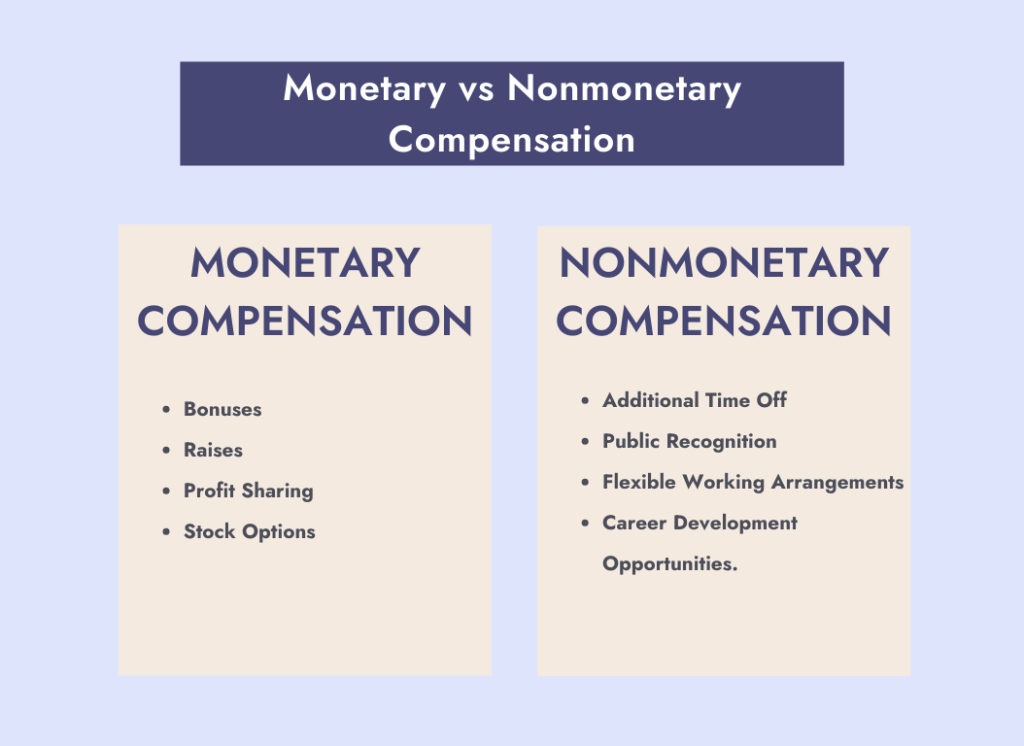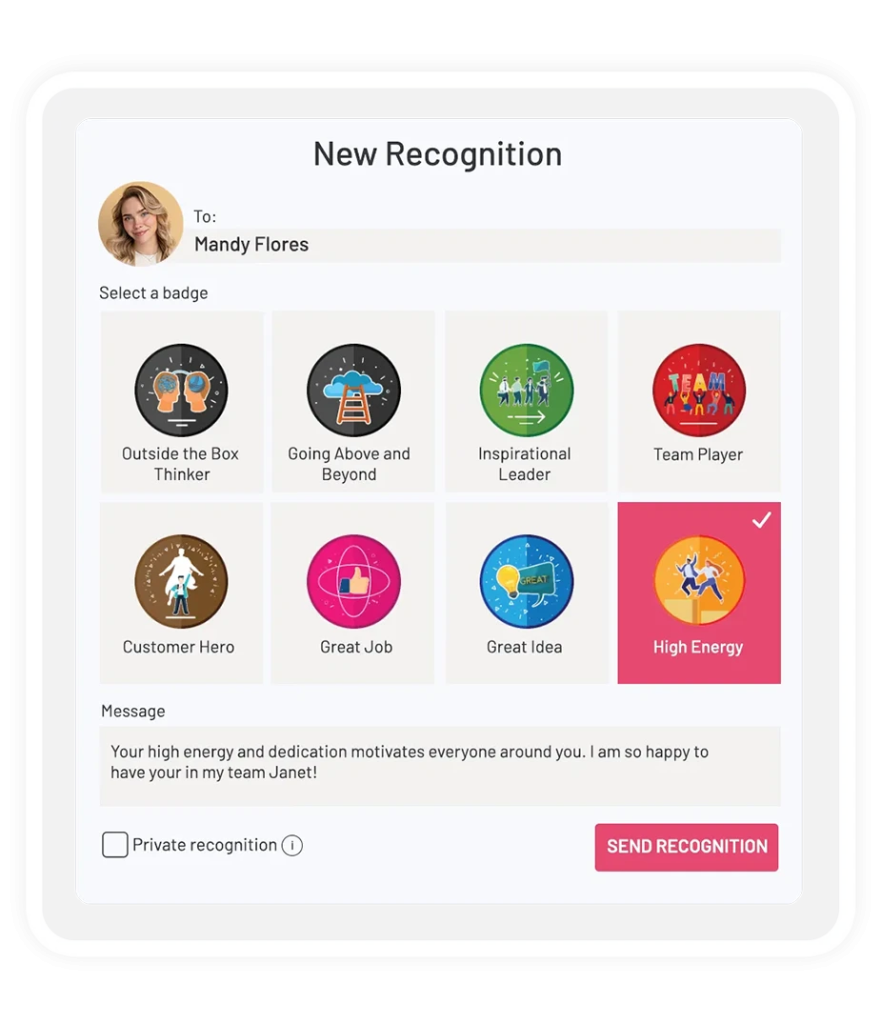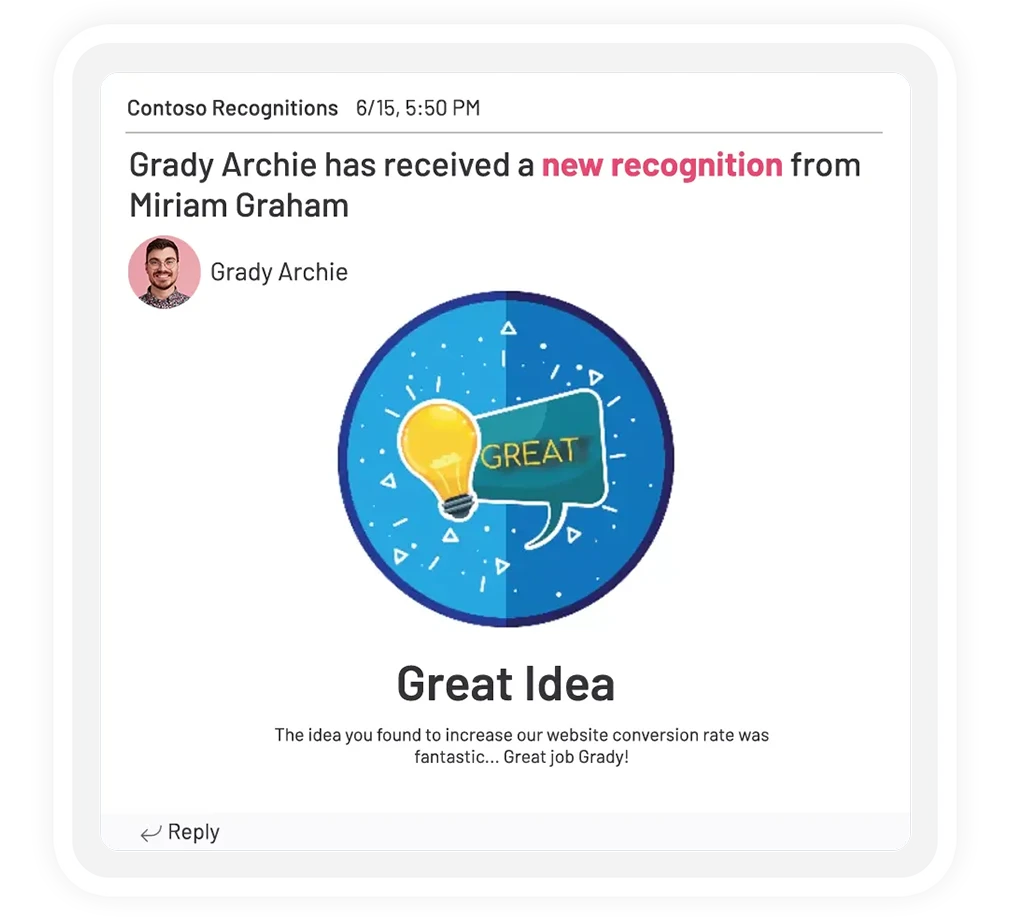The discussion of employee incentive programs has never been more relevant!
Why?
Because we employee disengagement has never been more prominent. According to the DNA of Engagement research report:
Disengaged employees cost organizations around $450-550 billion each year.
Business Leadership Today
And that doesn’t even begin to scratch the surface of just how detrimental having disengaged employees can be to an organization.
Another study, this time by Gallup, states that companies with engaged employees are %21 percent more profitable.
So the question then becomes: How can we foster long-term employee engagement?
We’ve highlighted plenty of employee engagement activities in previous lists and while activities are great, they are short-term solutions.
When it comes to keeping employees engaged in the long run, nothing quite works like a well-mapped-out employee rewards program.
Table of Contents
What is an employee incentive program?
Employee incentive programs also known as employee rewards programs are designed not only to retain and engage current talent but also to make the organization more attractive to the top talent in their industry.
What are the different types of incentive programs?
While it is very easy to divide rewards and incentive programs into various sub-categories such as;
- Performance-based incentives.
- Recognition programs.
- Benefits enhancements
And more, a very broad and encompassing differentiation can be made between different types of employee incentive programs as follows
- Monetary Incentives: Perhaps the most straightforward, these incentives include bonuses, raises, profit-sharing schemes, and stock options. They are effective at providing immediate gratification and a tangible acknowledgment of employees’ contributions.
- Non-Monetary Incentives: These encompass a range of rewards that don’t involve direct financial compensation but are highly valued by employees. Examples include additional time off, flexible working hours, professional development opportunities, and recognition awards.
Monetary vs Nonmonetary incentive programs

While they both hold different implications and meanings, neither monetary incentives nor nonmonetary incentives should be excluded from the party.
Monetary incentives offer tangible rewards and are easier to keep track of. Their intrinsic value can be quantified very easily.
They also provide their recipients with instant gratification, leading to higher employee satisfaction in the short term.
What are some examples of monetary rewards?
- Bonuses
- Raises
- Profit Sharing
- Stock Options
Non-monetary incentives, when compared to monetary employee rewards programs provide engagement in the long-term, taking the company culture in a more positive direction, rather than benefiting a single individual.
What are some examples of nonmonetary incentives?
- Additional Time Off
- Public Recognition
- Flexible Working Arrangements
- Career Development Opportunities.
The choice between monetary and nonmonetary incentives depends on various factors, including the company’s budget, its goals, and what motivates its employees.
Often, a balanced approach that includes both types of incentives is most effective, ensuring that both immediate and long-term needs are met, fostering a motivated, engaged, and satisfied workforce.
What are some common employee incentive programs?
Some of the most common employee rewards programs include but aren’t limited to the following:
- Performance Bonuses: Financial rewards given for meeting or exceeding specific performance targets.
- Profit Sharing: Distributing a portion of the company’s profits to employees.
- Stock Options: Offering employees the option to buy company stock at a discounted rate.
- Employee Recognition Programs: Formal acknowledgment of employees’ hard work and contributions, often with awards or certificates.
- Professional Development Opportunities: Funding or providing resources for further education, training, or conferences.
- Flexible Working Arrangements: Allowing flexible work hours or remote work options.
- Wellness Programs: Offering health and wellness initiatives, such as gym memberships or wellness challenges.
- Paid Time Off Bonuses: Offering additional paid time off as a reward for meeting goals or as part of a benefits package.
- Commission Plans: Providing sales personnel with a percentage of the sales they generate.
- Retirement Contribution Matching: Matching employees’ contributions to their retirement savings plan to a certain percentage.
Employee Incentive Program Examples:
1. Performance Bonuses
Let’s start this list off with one of the simplest ways to reward your employees for their high performance.
The best way to incentivize your employees to perform at a higher level at the job you’re paying them to do is to simply reward their performance with cold hard cash.
Performance bonuses motivate employees to achieve higher levels of productivity and success, serving as a tangible reward for their contributions.
They can be structured around individual, team, or company-wide achievements, ensuring that employees are recognized for their direct impact
2. Stock Options
In an era where employee loyalty is a thing of the past, stock options just might be the best way to make sure your employees are actually invested in the success of your organization.
Offering stock options isn’t just a monetary incentive. It also fosters a sense of ownership among employees, encouraging them to contribute to the company’s long-term success.
Stock options can be particularly motivating in startups and growth-oriented companies where stock value has the potential to increase significantly.
3. Profit Sharing Plans
As an employee incentive program, implementing a profit-sharing plan is another way to align employee interests with organizational goals.
In theory, if an employee makes a stagnant amount of money regardless of an organization’s success, then are they really incentivized to be invested in that organization’s success?
That is why profit sharing plans exist to distribute a portion of the company’s profits among employees, usually on an annual basis.
Profit sharing makes employees stakeholders in the company’s success, enhancing their commitment and loyalty in the long term.
4. Employee Recognition Programs
The first nonmonetary rewards program on our list, employee recognition can be just as effective at motivating your team as any other incentive program.
Regular and formal acknowledgment of an employee’s hard work and achievements creates a culture of recognition organization-wide, keeping spirits high.
Employee praise whether public or private is one of the simplest yet most effective methods to incentivize your employees and empower them.
To implement this particular employee incentive program, all a team really needs is a simple employee recognition tool and a group of employees who appreciate each other!
A Free Recognition Tool You Must Try: Teamflect

Teamflect is a complete performance management software designed specifically for Microsoft Teams and it has a very intuitive employee recognition platform.
Send customizable recognition badges inside ongoing meetings or through Teams chat!
Assign points to each recognition and create leaderboards and live feeds!
Have your team cash their points out for rewards of your choice!
Teamflect not only streamlines your rewards and recognition system inside Microsoft Teams but also makes your recognition a part of your meetings, performance reviews, and everyday workflow.



